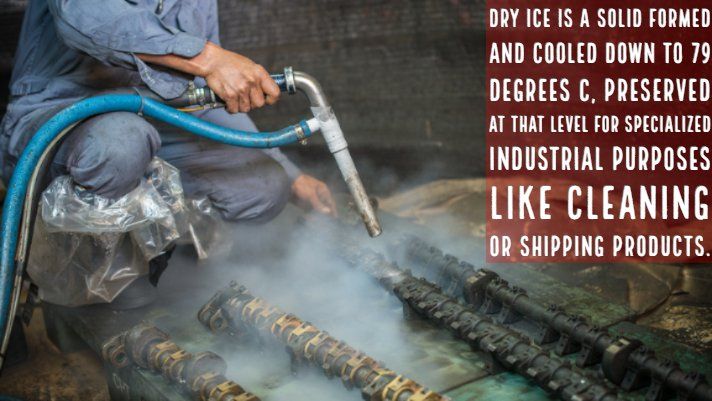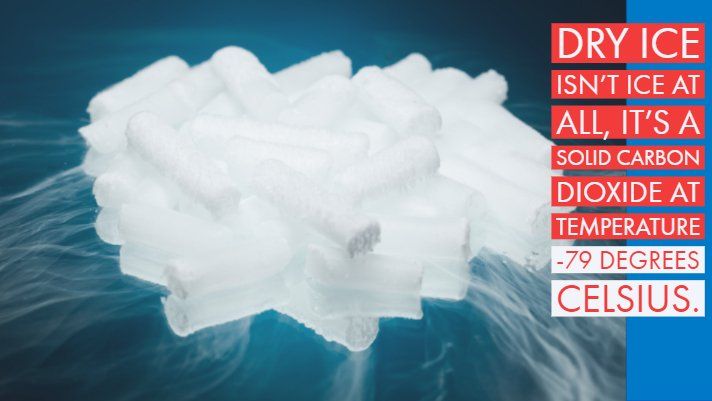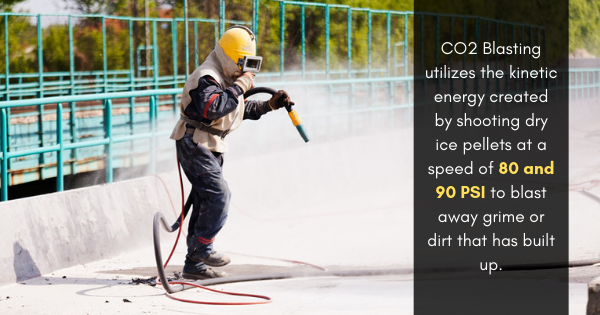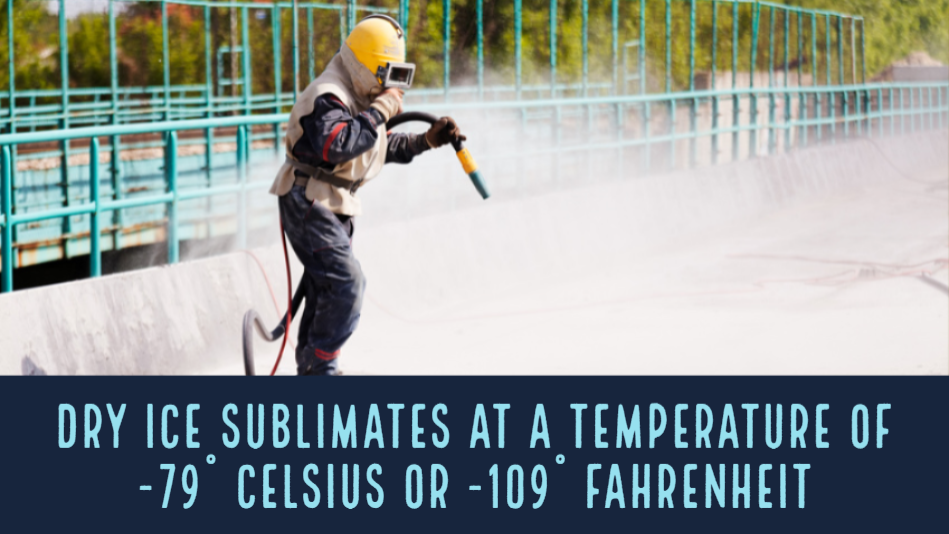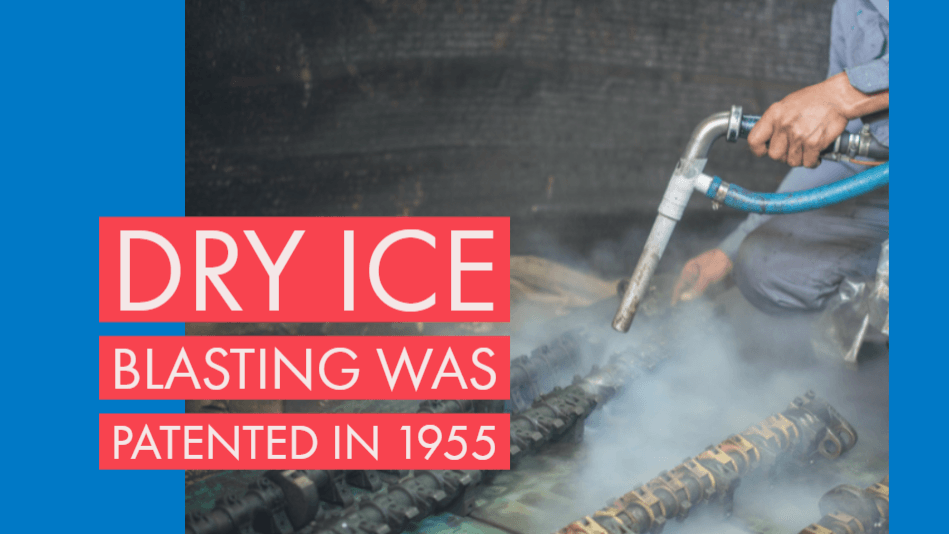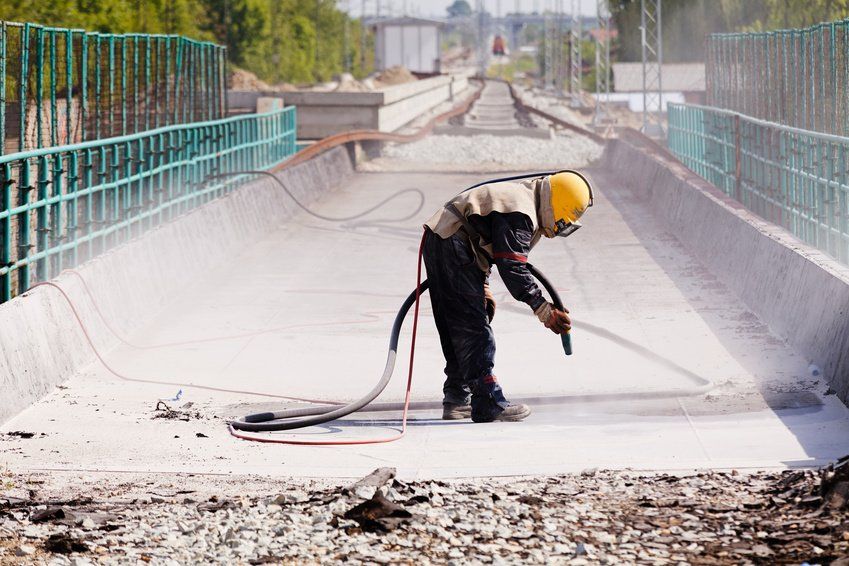The 3 Primary Factors In The Science Of Dry Ice Blasting
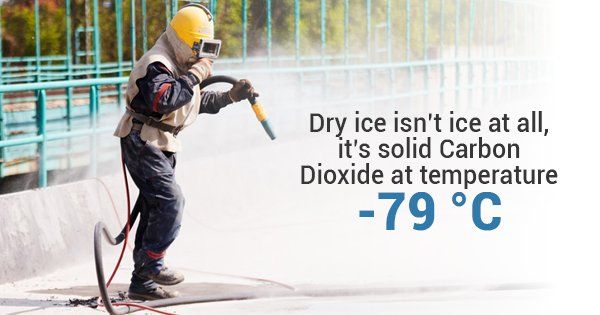
Known as dry ice blasting or CO2 blasting, the method of cleaning tough surfaces with frozen carbon dioxide pellets is powerful and effective. Dry ice cleaning services make a target absolutely spotless while avoiding the use of harmful chemicals. The dry ice pellets that star in this cleaning method aren't made of ice at all, but solid carbon dioxide at a temperature of -79 degrees Celsius. In dry ice cleaning services, a machine combines the following three forces to effectively blast clean a surface.
Pellet Kinetic Energy
The pellet mass and velocity determine kinetic impact force over time. This means that the system of propelling solid CO2 pellets, which have a high mass, at high velocities achieves the greatest impact force possible. The kinetic effect of solid CO2 pellets is still relatively low when compared to other blastable media, as it is much softer than other options. The CO2 pellets change from a solid to a gas almost as soon as it makes impact on a surface, so it transfers very little impact energy and is a nonabrasive process, unlike sandblasting.
Thermal Shock Effect
The thermal shock effect in the dry ice cleaning process comes from the CO2 pellet's instant sublimation, or its phase change from solid to gas. This phase change absorbs the maximum heat possible from the target surface's top layer of coating or contaminant. When the pellet makes impact, this very rapid transfer of heat from the surface to the pellet creates a stark temperature difference between the microlayers within a contaminant. This extreme temperature difference creates high shear stresses between these microlayers, which then causes rapid micro-cracks between the layers. The cracks effectively demolish the bonds that hold the contaminant or coating together.
Thermal-Kinetic Effect
As a solid CO2 pellet become gas, the gas expands to almost 800 times the volume of the pellet in just a few milliseconds. This process creates a micro-explosion. These tiny explosions work to further lift the coating particles from the surface. Pellets of dry ice don't have rebound energy, so instead the CO2 gas expands outward along the surface, creating an area of high pressure that focuses on the space between the surface and the particles that the thermal difference cracked. This gaseous pressure serves as a lifting force to carry away the contaminant particles from the surface.
While dry ice cleaning services may seem like magical sanitizing solutions, there are numerous processes that occur at a scale too small for humans to observe. All of these processes work to make dry ice blasting an efficient and effective method of cleaning
